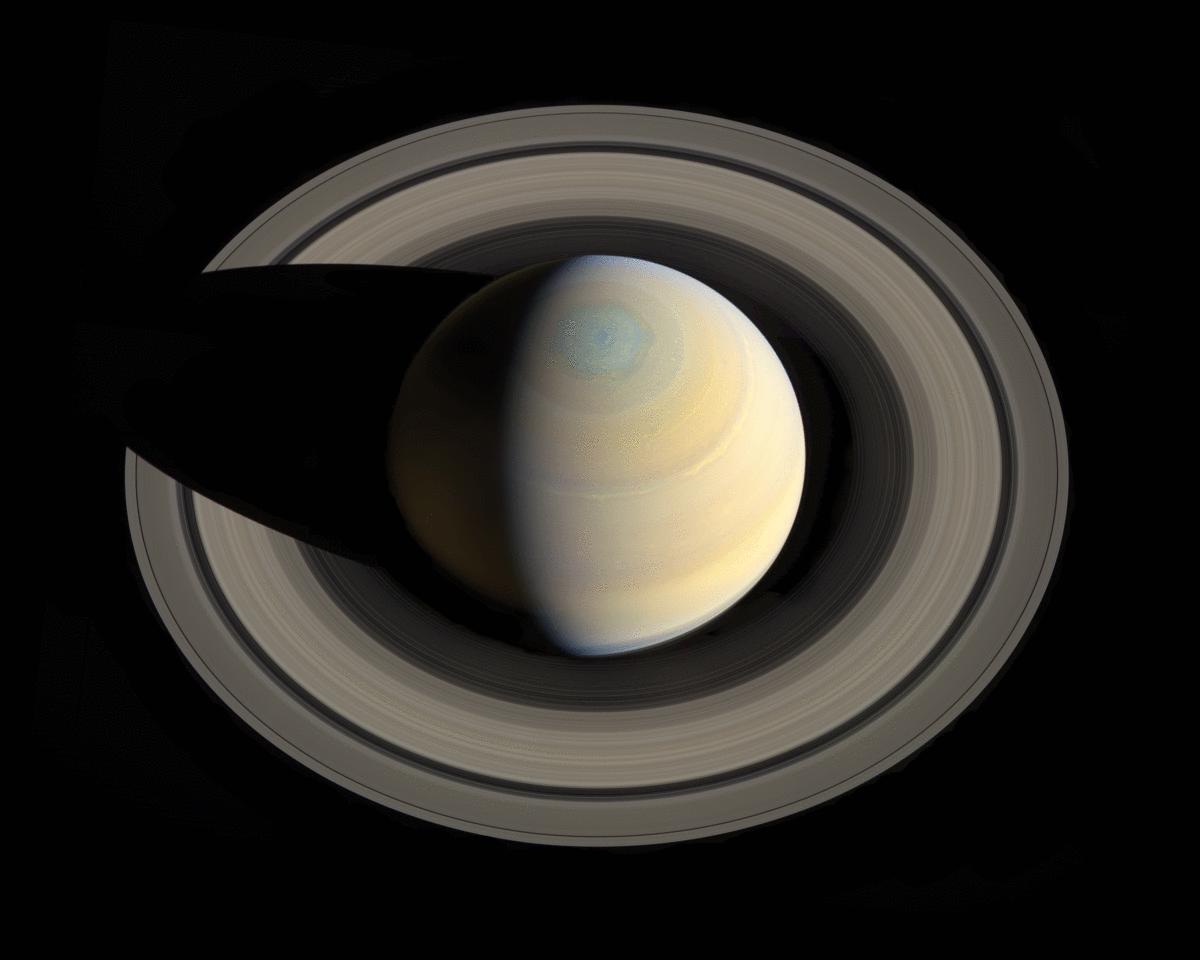Astrophotographers are in a hurry to photograph Saturn’s rings as soon as possible, because after this summer they will disappear from our field of view. Soon Saturn’s rings will become harder to see. The tilt of the gas giant will soon make the rings almost invisible to observers on Earth. But it’s not just the angles that will be a problem. New research shows that they are literally disappearing.

The most pressing problem is the angles. Until August, Saturn’s rings are tilted downwards at an angle of 9 degrees in opposition, which makes them very clear and easy to observe. However, next year, the tilt will shift by only 3.7 degrees. By 2025, they will almost completely disappear from the Earth’s field of view, since from this point of view, the edges of the rings will be in a head-on collision.
It will take a long time before the rings become visible again and return to the state they are in now. They will continue to tilt towards their maximum of 27 degrees until 2032, and then slowly return back over the next ten-plus years.

Fortunately, before all this happens, Saturn’s rings will become the brightest and most visible for the first time next month. According to Sky at Night, on August 27, 2023, Saturn will reach the opposition, the point where it lies directly opposite the Sun relative to the Earth. Therefore, it will be the brightest and the highest. The following summer nights will give astrophotographers the best chance to photograph the bright rings from Earth.
Gradual disappearance
In a series of studies that use data from the Cassini spacecraft, scientists believe that Saturn’s rings are likely to start disappearing, CNN reports. Despite the fact that the rings are relatively young from a cosmic point of view, there is evidence in the Solar System that planetary rings are not eternal and actually disappear quite quickly.

“We have shown that massive rings like Saturn’s do not last long. One can speculate that the relatively puny rings around the other ice and gas giants in our solar system are left-over remnants of rings that were once massive like Saturn’s. Maybe some time in the not-so-distant future, astronomically speaking, after Saturn’s rings are ground down, they will look more like the sparse rings of Uranus,” said Paul Estrada, a researcher at NASA’s Ames Research Center and co-author of all three studies, in a statement earlier this year.
Scientists are still evaluating the data to determine the actual age of Saturn’s rings, which will also help them understand when they may disappear, but there is evidence that their current brightness has peaked, and it will only go down – of course, this way down may take millions of years.
Check yourself, what do you know about Saturn?
Follow us on Twitter to get the most interesting space news in time
https://twitter.com/ust_magazine

